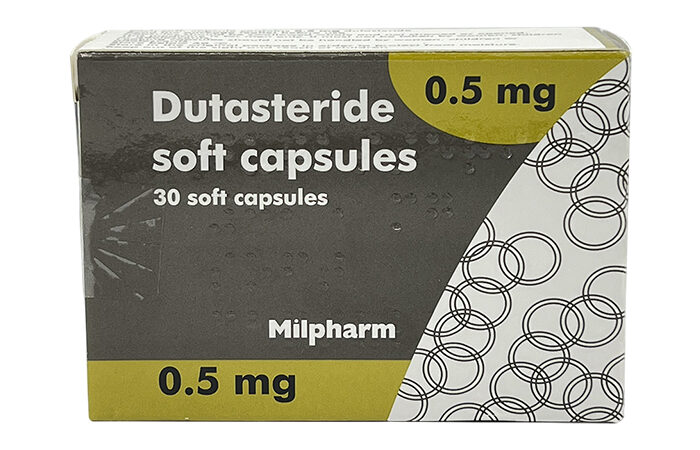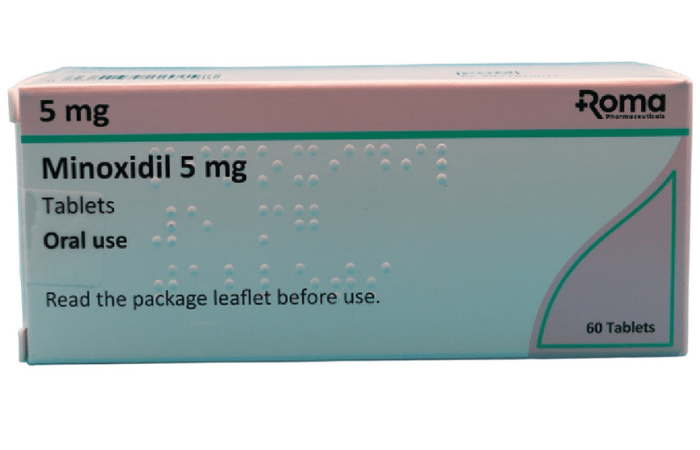Revive Your Hair Today
Clinically Proven and Trusted Hair Loss Solutions
Hair-loss.
"*" indicates required fields
On this page
Hair Loss In men
Male-pattern baldness is the most common cause of hair loss among men in the UK, affecting around 6.5 million individuals. It typically begins with gradual thinning, progressing to more visible scalp exposure over time. While some experience this as early as their late teens, by the age of 60, most men face some degree of hair loss. Though many accept it as a natural process, others may struggle with self-esteem issues or emotional distress. With 50% of men over 50 experiencing hair loss, finding the right treatment can help manage and slow the process. Explore effective solutions with YourPharmacy today.
Finasteride
Strength – 1mg
Directions – Take 1 tablet daily

£13.95
Propecia
Strength – 1mg
Directions – Take 1 tablet daily

£41.65
Dutasteride
Strength – 0.5mg
Directions – Take 1 tablet daily

£19
Avodart
Strength – 0.5mg
Directions – Take 1 tablet daily

£40
Oral Minoxidil
Strength – 2.5mg
Strength – 5 mg
Directions – Take 1 tablet daily

£45 - £60
Loniten
Strength – 2.5 mg
Directions – Take 1 tablet daily

£50 - £75
Hair-loss
"*" indicates required fields
How It Works?

Online Consultation
Fill in a quick online consultation for our licensed pharmacists to review.

Choose a Treatment
Our pharmacists will review your treatment to ensure it’s suitable.

Quick & Discreet Delivery
Your treatment will be delivered to your door quickly & discretely.
Understanding Hair Loss
Hair loss can occur in various forms, with one of the most common being male pattern baldness, a hereditary condition affecting millions of men. This occurs when hair follicles convert testosterone into dihydrotestosterone (DHT), a hormone that causes the follicles to shrink, weaken, and eventually cease hair production.
Although there is no definitive cure for hair loss or baldness, effective treatments can help slow down the process and even stimulate regrowth. In the UK, the two most widely used treatments for hair loss are Finasteride (Propecia) and Minoxidil (Regaine).
Causes Of Hair Loss
Hair loss can result from multiple factors, with genetics being the most common. Since male pattern baldness is hereditary, individuals with a family history of hair loss are more likely to experience it.
Understanding the precise cause of hair loss can be challenging, as it may be attributed to various reasons ranging from temporary conditions to more complex health issues. The following are some of the key contributors:
Genetics
Male-pattern and female-pattern baldness, which follow a predictable pattern of hair loss, are hereditary conditions. In men, this typically involves a receding hairline and bald spots, while in women, it results in overall hair thinning.
Hormonal Changes
Temporary hair loss can occur due to hormonal imbalances caused by pregnancy, childbirth, menopause, or thyroid disorders. In most cases, this type of hair loss is reversible.
Medical Conditions
Autoimmune disorders, such as alopecia areata, attack hair follicles, resulting in sudden bald patches. Scarring alopecia, caused by conditions like sarcoidosis and lichen planus, may lead to permanent hair loss. Fungal infections like ringworm can also contribute to hair loss, though hair typically regrows after treatment.
Medications
Certain medications used for cancer, heart conditions, depression, arthritis, and excessive vitamin A intake can trigger hair loss as a side effect.
common types of hair loss
Autoimmune disorders, such as alopecia areata, attack hair follicles, resulting in sudden bald patches. Scarring alopecia, caused by conditions like sarcoidosis and lichen planus, may lead to permanent hair loss. Fungal infections like ringworm can also contribute to hair loss, though hair typically regrows after treatment.
Male Pattern Baldness:
Affecting approximately half of all men by age 50, male-pattern baldness often begins in the late twenties or early thirties. It follows a pattern of hair thinning at the temples and crown, potentially leading to complete baldness.
Alopecia Areata:
A condition where the immune system attacks hair follicles, leading to sudden bald patches.
Scarring Alopecia:
Permanent hair loss due to skin disorders causing scarring.
Anagen Effluvium:
Rapid hair loss caused by treatments like chemotherapy.
Telogen Effluvium:
Temporary hair loss due to stress, illness, or hormonal imbalances.
Hair loss treatments
Several treatment options are available for managing hair loss, including:
1. Medications
Finasteride (Propecia):
A prescription medication that inhibits DHT production, slowing hair loss and promoting regrowth.
Minoxidil (Regaine):
A topical treatment applied to the scalp that stimulates hair growth and prevents thinning. It is available in 2% and 5% strengths for men and women.
Corticosteroids:
Used to treat hair loss caused by inflammation, these are administered through injections by a medical professional.
2. Procedural Hair Loss Treatments
Hair Transplantation:
A surgical procedure where hair follicles from an area with healthy growth are transplanted to bald areas.
Scalp Reduction:
A surgical technique that removes bald sections of the scalp and stretches areas with hair growth.
Laser Therapy:
A non-invasive procedure that stimulates hair follicles to promote regrowth. This method is only effective on active follicles.
Scalp Expansion:
A more advanced surgical procedure involving the insertion of devices beneath the scalp to stretch the skin and reduce balding areas.



